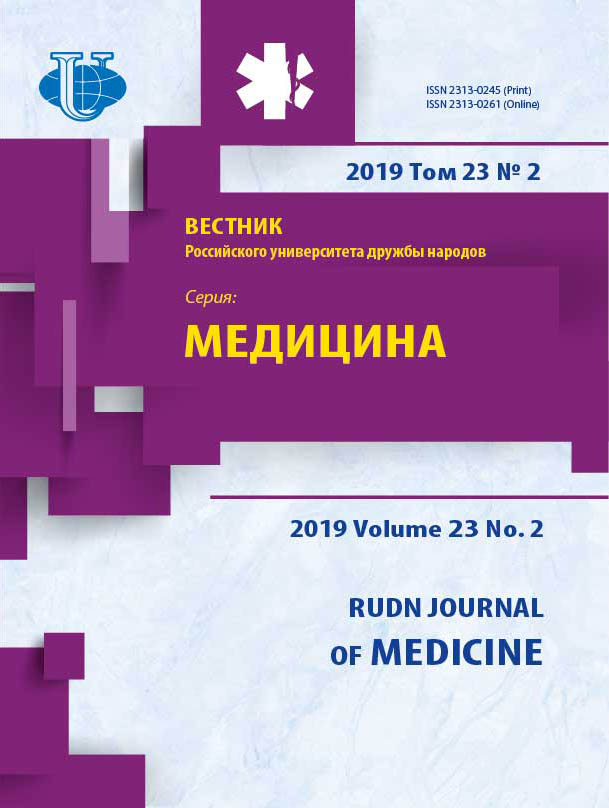Abstract
The approach to managing patients after femoropopliteal bypass surgery among vascular surgeons, even of one country, is sometimes not the same. The main difficulty is the problem of the late postoperative period patency of femoropopliteal bypasses (FPB). Aim. Analysis of the risk factors for occlusion of the FPB and the effects of postoperative diagnostic ultrasound on the primary, primary-assisted patency and secondary patency of such bypasses. Materials and methods. The Pubmed database was analyzed and the studies were selected from 2007 till 2017. The effect of preoperative risk factors on the FPB’s primary patency was evaluated in patients of the department of vascular surgery at the Orel regional hospital in comparison with the of foreign researchers’ data. The second stage was the evaluation of the effect of ultrasound diagnostic on the primary, primary-assisted and secondary patency of such bypasses. Results. The greatest impact on the primary patency of FPB was exerted by the presence of CLI, arterial hypertension and the male gender, and a slightly fewer by smoking and angina pectoris (χ2 cf. = -0.983-0.985*). The effect of diabetes was 2 times weaker (χ2 = -0.547*). Ultrasound control, in turn, had the greatest impact on the frequency of primary-assisted patency compared with the group without ultrasound control (81.3% vs. 76.1%). The frequencies of primary patency (67.4% vs. 64.9%) and secondary patency (83.2% vs. 82.8%) turned out to be almost comparable between the two groups of patients. Conclusions. Thus, the male sex, arterial hypertension and CLI are the most significant pre-operative risk factors affecting the primary patency of FPB. Regular diagnostic ultrasound in the postoperative period, especially in the period of 4-6 weeks, 3 months, 6 months and 1 year, allows to improve long-term results of such bypasses’ patency.















